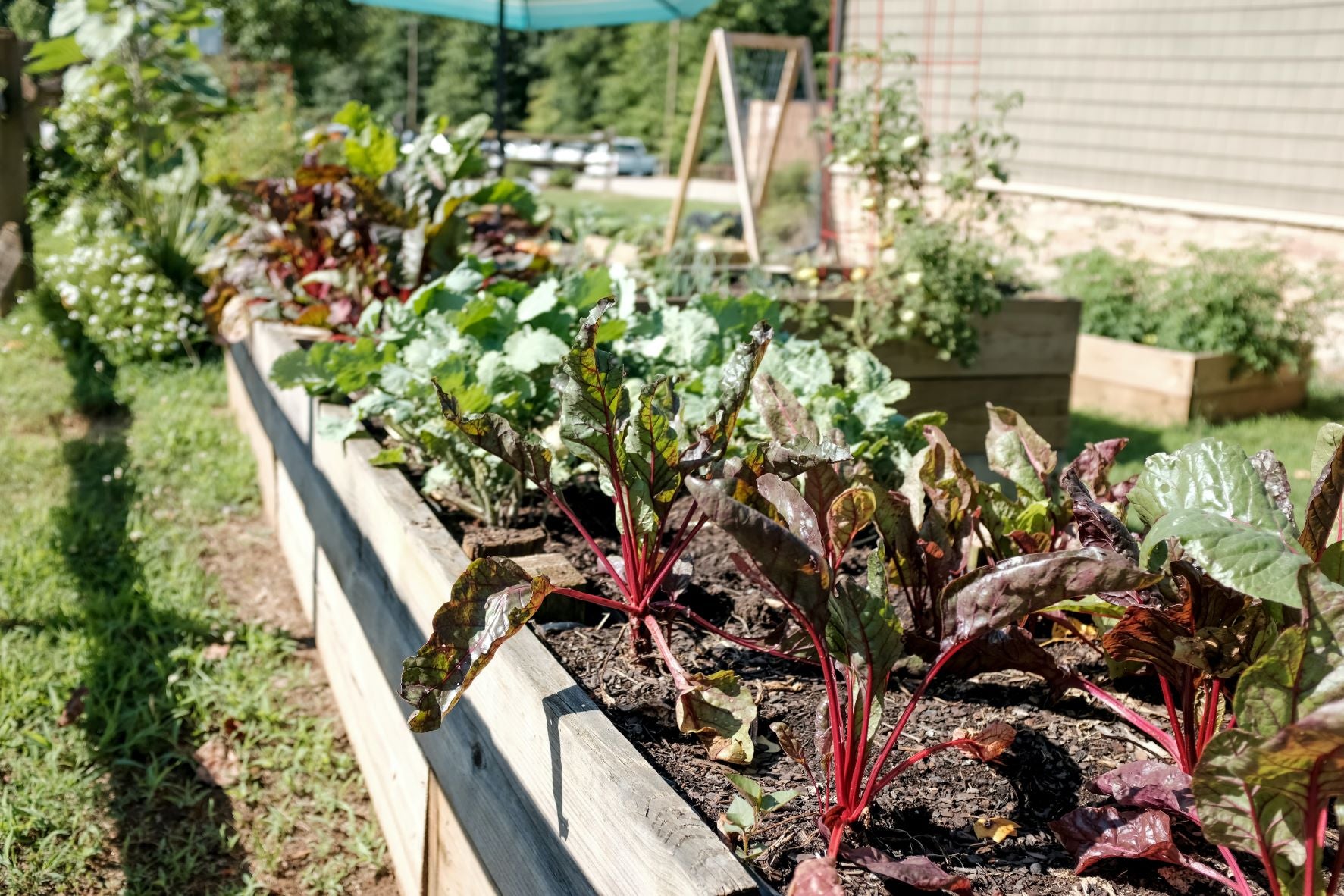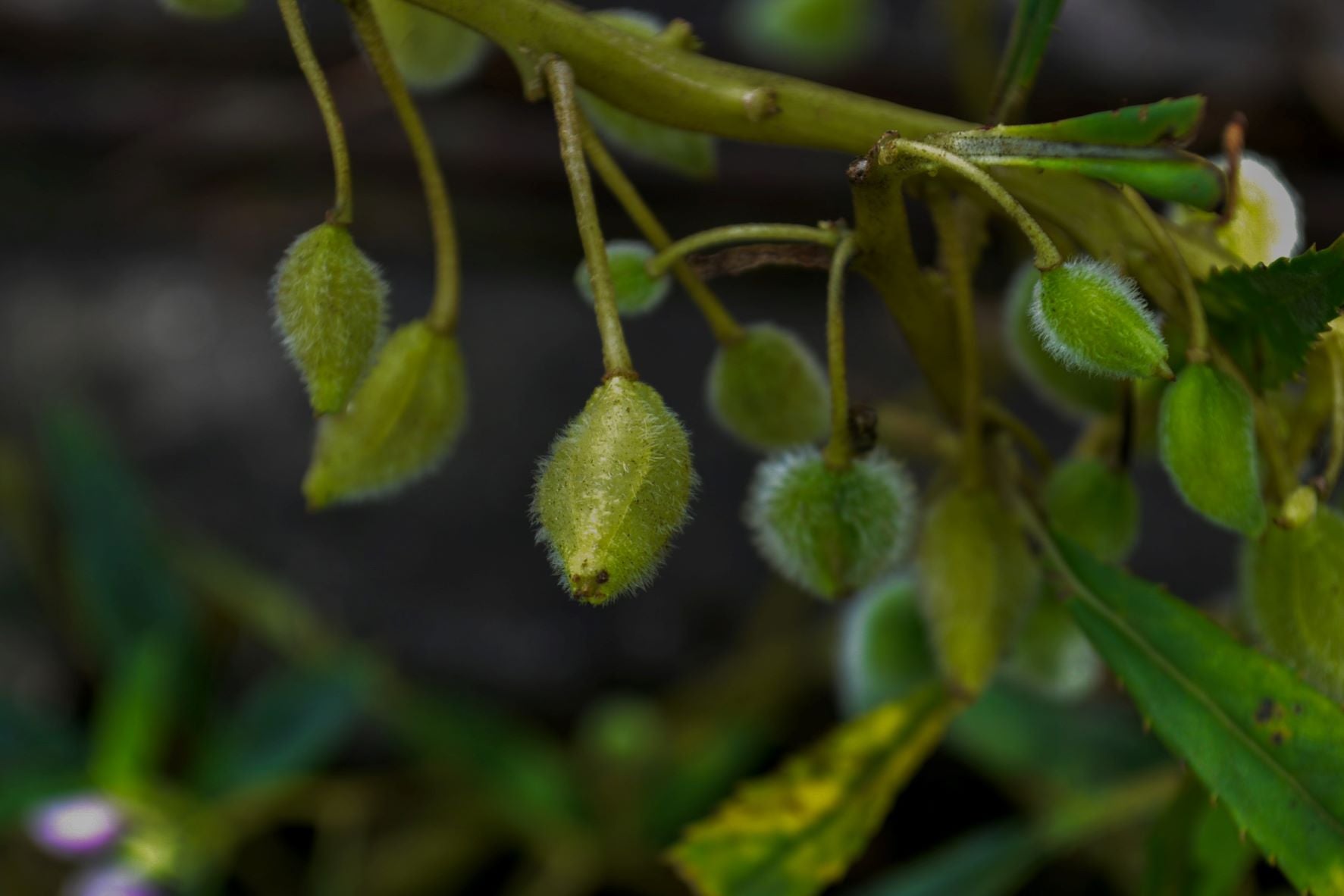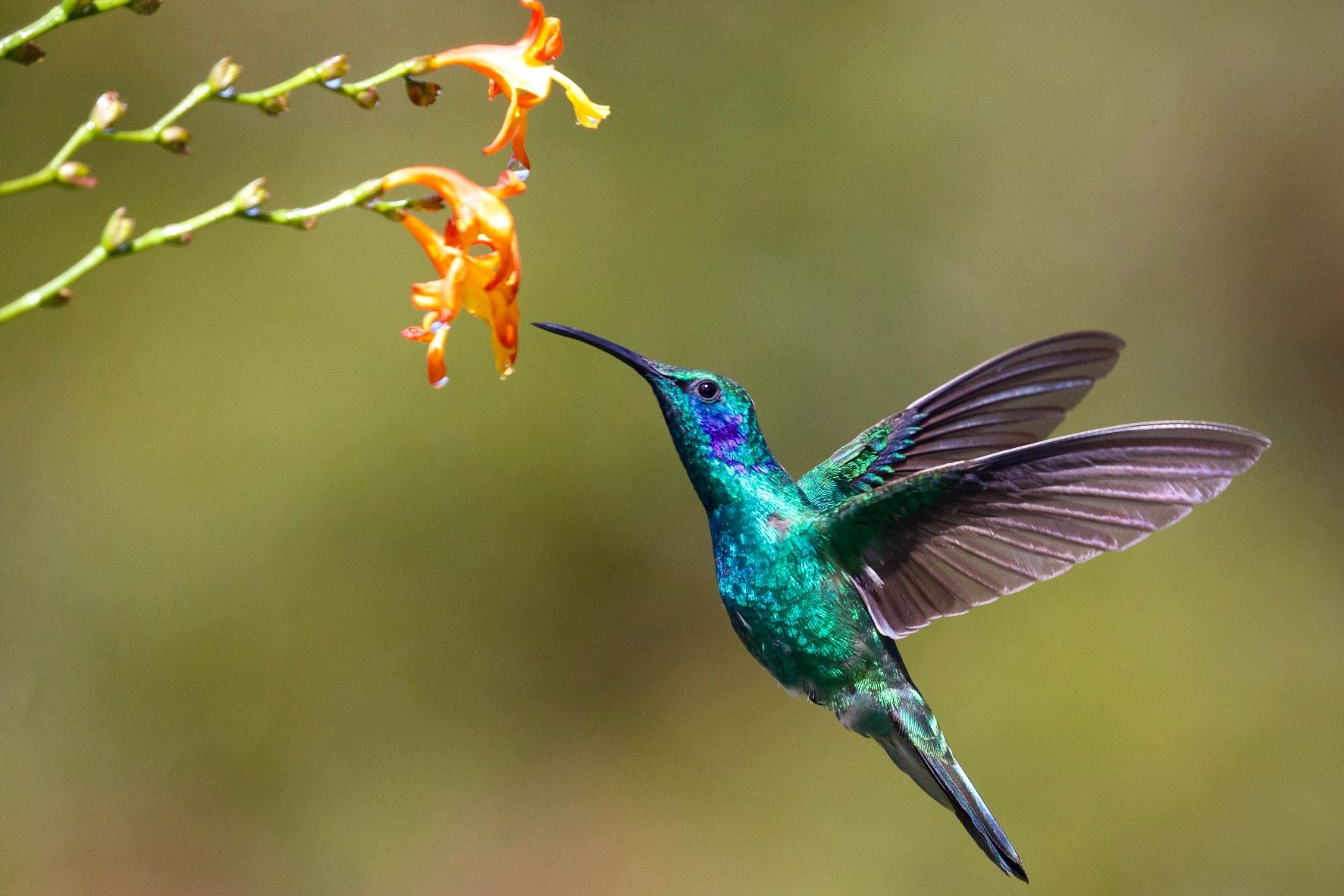There are many common garden pests that we experience in Minnesota. This brief guide will help you identify the most common pests and treat for them properly.
Aphids
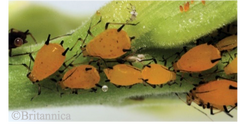
Aphids are one of the most common garden pests. They can live on most garden plants, as well as house plants. While they typically do not cause significant damage to plants, if not treated properly, the infestation may turn deadly for the plant. Luckily, it is possible to treat for aphids without the use of insecticides or heavy chemicals.
Identifying aphids is usually fairly simply. While small, about 1/16-1/8 inch long, they have a unique pear shape. They can range in color from black, yellow, red, green, gray, or brown. Some adult aphids have wings and tend to be darker in color. The easiest way to identify an aphid is to look for two “horns,” or cornicles, on their backends.
Aphids primarily congregate on newer growth including stems, leaves, unopened flower buds, and roots, sucking the sap from the plant. While aphid feeding is not usually obvious, severe feeding may lead to curled or twisted leaves, stunted growth, and yellow foliage.
Some common treatments for aphids include insecticidal soap, which can be purchased at most stores with a lawn and garden section. You can also make your own by adding a few drops of dish soap to a spray bottle of water. Just make sure to coat the leaves, flowers, and stems, and reapply every 7-10 days. Other options include neem oil and horticultural oils.
Always make sure to follow application directions on the product so you don’t harm your plants. If you want to avoid using chemicals, you can introduce beneficial insects that are natural predators of aphids, including lady beetles and lacewings. Colonies can be ordered from a variety of websites.
Japanese Beetles
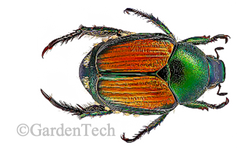
Another widespread pest, the Japanese beetle, is considered an invasive species. They feed on over 300 species of plants, including turfgrass.
Japanese beetles are fairly distinct, with metallic green heads and brown-gold bodies. The larva, or grubs, are white or cream-colored with a tan head. They range from 1/8 inch to an inch in length. It is difficult to discern Japanese beetle grubs from other species.
Japanese beetles can cause extensive damage to plants. They feed on the leaves, flowers, and fruit of plants. Although they will feed on a plethora of annuals and perennials, they are most attracted to roses, fruits, marigolds, and some herbs.
Thankfully, most of the damage caused by these beetles is cosmetic, especially on well-established and heathy plants. Younger or unhealthy plants may be severely injured or killed by heavy feeding. Vegetables, herbs, and fruits may have reduced yields with heavy feeding.
The most important step in managing Japanese beetles is to start early. Adults typically start to appear in late June or early July. Try to start treating for them when you first start seeing them. Then, continue management strategies for 6 to 8 weeks, or until their numbers have been reduced.
The best treatment is physical removal into a container of soapy water. Also remove damaged leaves as they will attract more beetles. DO NOT USE BEETLE BAGS as these only draw more beetles to your garden. The use of chemicals is not recommended.
Spider Mites
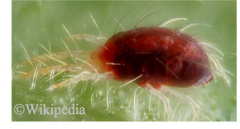
Spider mites can affect a wide range of trees and bedding plants, specifically roses, lantana, salvia, marigolds, and a variety of fruit and vegetable plants (berries, cucumbers, peas, etc.). They are most commonly found during hot, dry summer weather.
Mites are exceptionally small, yellow-orange in color, and have a dark spot on either side of its body. Webbing may also be present with a heavy infestation.
Mites feed on the underside of leaves, which causes white or yellow spots, known as “stippling”, discoloring the leaves. Severe infestations may cause irreversible damage, including death.
The best treatment is to check for mites on a regular basis. Hold a white piece of paper under the leaves you suspect have mites and gently shake the plant. Look for spider-like creatures on the paper. Plants should be checked every 3-5 days, especially during drought conditions as mites thrive best on stressed plants.
Keep plants sufficiently watered. Insecticidal soaps and horticultural oil may help treat for mites, although they are only effective when in direct contact with mites. Be sure to coat the leaves completely, repeating as needed.
Thrips

Thrips are tiny insects that feed on the sap found under the outer layer of plant material, causing discoloration. They can be found on beans and other legumes, herbaceous ornamentals including petunias, impatiens, and Calibrachoa, and some vegetables like onion, garlic, and pepper.
Thrips are easily spread via wind or infested plants. Thrip damage is primarily cosmetic and very rarely kill plants. However, they can reduce flower production as they literally suck the life out of the buds.
If you notice a reduction of flowers, search your plant’s flower buds and stems as you will typically be able to see their movement. You can also clip several pieces off and place them in a jar with 70% alcohol. Shake the jar to dislodge the thrips and strain to see the thrips.
Thrips can be difficult to treat as there are many species, each requiring different treatment or management techniques. If you notice or suspect thrips, discard of the plant as soon as possible. Remove it entirely from the premises, and do not add to a compost pile as thrips are easily carried by the wind to new host plants.
If you want to treat the plant instead, try using an insecticidal soap, horticultural oil, or neem oil. Avoid using heavy chemicals, especially neonics, as they may kill off beneficial insects as well.
For more information on these and other common garden pests, please visit the University of Minnesota’s extension website.

